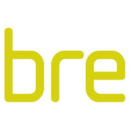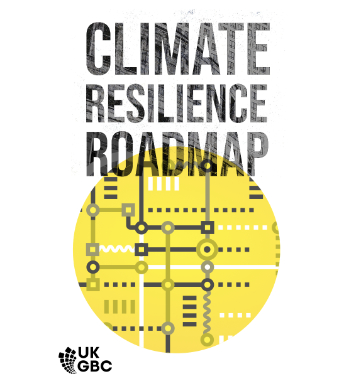A traceability framework for the construction supply chain
A Traceability Framework has been developed to help with the complex process of tracing the source, production and distribution of construction products, and verifying the claims made about them.
Many construction products have long and complex journeys before reaching their end consumers, who often know little about the origins of the products, or the circumstances in which they are sourced, produced and distributed.
Traceability involves knowing where products come from, their journeys through supply chains and the conditions within those supply chains. Tracing helps to verify claims made about the products, such as that they are manufactured without workforce exploitation (for example without using modern slavery), and about their embodied carbon and life-cycle energy use, quality and so on.
Traceability is established in the automotive, pharmaceutical and food sectors, but little is known about traceability in construction. A BRE Trust supported PhD research study by Asselya Katenbayeva at Loughborough University, has been conducted in response to this gap in our knowledge. It has investigated how traceability is understood and implemented by contractors and manufacturers, and developed and validated a Traceability Framework for the construction sector.
The study revealed the critical role of responsible sourcing and supply chain sustainability for driving traceability in construction. However, a lack of supplier collaboration and information exchange, stemming from the fragmented and complex nature of the construction sector, hinder traceability. This is compounded by the absence of regulations governing traceability, and low awareness of its benefits, scope and implementation.
On the other hand, the development of digital technologies offers the potential for traceability to optimise product supply chain processes, improve product quality management and facilitate the circular use of products in the construction sector.
A Traceability Framework has been developed to provide a holistic way of understanding the complex process of tracing products within construction. It was validated with contractors, manufacturers and other construction sector stakeholders. The framework can be a starting point for construction companies developing their own company-specific traceability strategy.
Asselya was supervised by Dr Chris Goodier, Dr Peter Demian and Prof Karli Glass at Loughborough University, and Dr Shamir Ghumra at BRE. For more information on the Traceability Framework contact Asselya ([email protected]) or access the paper.
[edit] Related articles on Designing Buildings Wiki
- Action programme for responsible and ethical sourcing.
- BES 6001 Responsible sourcing of construction products.
- BRE articles.
- BRE Trust.
- BREEAM recognised responsible sourcing certification schemes.
- BREEAM Responsible Sourcing of Materials.
- Building Research Establishment.
- Chain of custody.
- Point of supply.
- Traceability.
Featured articles and news
Government consultations for the summer of 2025
A year of Labour, past and present consultations on the environment, the built environment, training and tax.
CMA competitiveness probe of major housing developers
100 million affordable housing contributions committed with further consultation published.
Homes England supports Greencore Homes
42 new build affordable sustainable homes in Oxfordshire.
Zero carbon social housing: unlocking brownfield potential
Seven ZEDpod strategies for brownfield housing success.
CIOB report; a blueprint for SDGs and the built environment
Pairing the Sustainable Development Goals with projects.
Types, tests, standards and fires relating to external cladding
Brief descriptions with an extensive list of fires for review.
Latest Build UK Building Safety Regime explainer published
Key elements in one short, now updated document.
UKGBC launch the UK Climate Resilience Roadmap
First guidance of its kind on direct climate impacts for the built environment and how it can adapt.
CLC Health, Safety and Wellbeing Strategy 2025
Launched by the Minister for Industry to look at fatalities on site, improving mental health and other issues.
One of the most impressive Victorian architects. Book review.
Common Assessment Standard now with building safety
New CAS update now includes mandatory building safety questions.
RTPI leader to become new CIOB Chief Executive Officer
Dr Victoria Hills MRTPI, FICE to take over after Caroline Gumble’s departure.
Social and affordable housing, a long term plan for delivery
The “Delivering a Decade of Renewal for Social and Affordable Housing” strategy sets out future path.
A change to adoptive architecture
Effects of global weather warming on architectural detailing, material choice and human interaction.
The proposed publicly owned and backed subsidiary of Homes England, to facilitate new homes.
How big is the problem and what can we do to mitigate the effects?
Overheating guidance and tools for building designers
A number of cool guides to help with the heat.
The UK's Modern Industrial Strategy: A 10 year plan
Previous consultation criticism, current key elements and general support with some persisting reservations.
Building Safety Regulator reforms
New roles, new staff and a new fast track service pave the way for a single construction regulator.


























